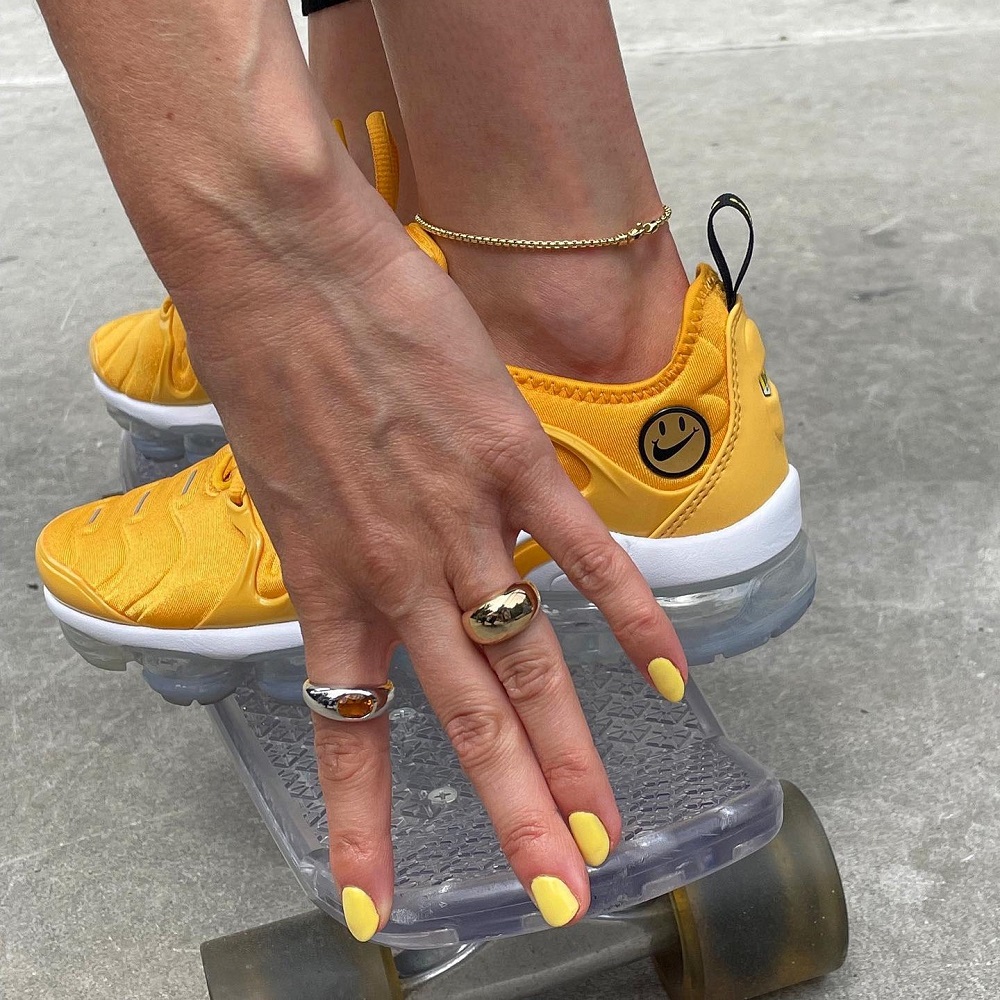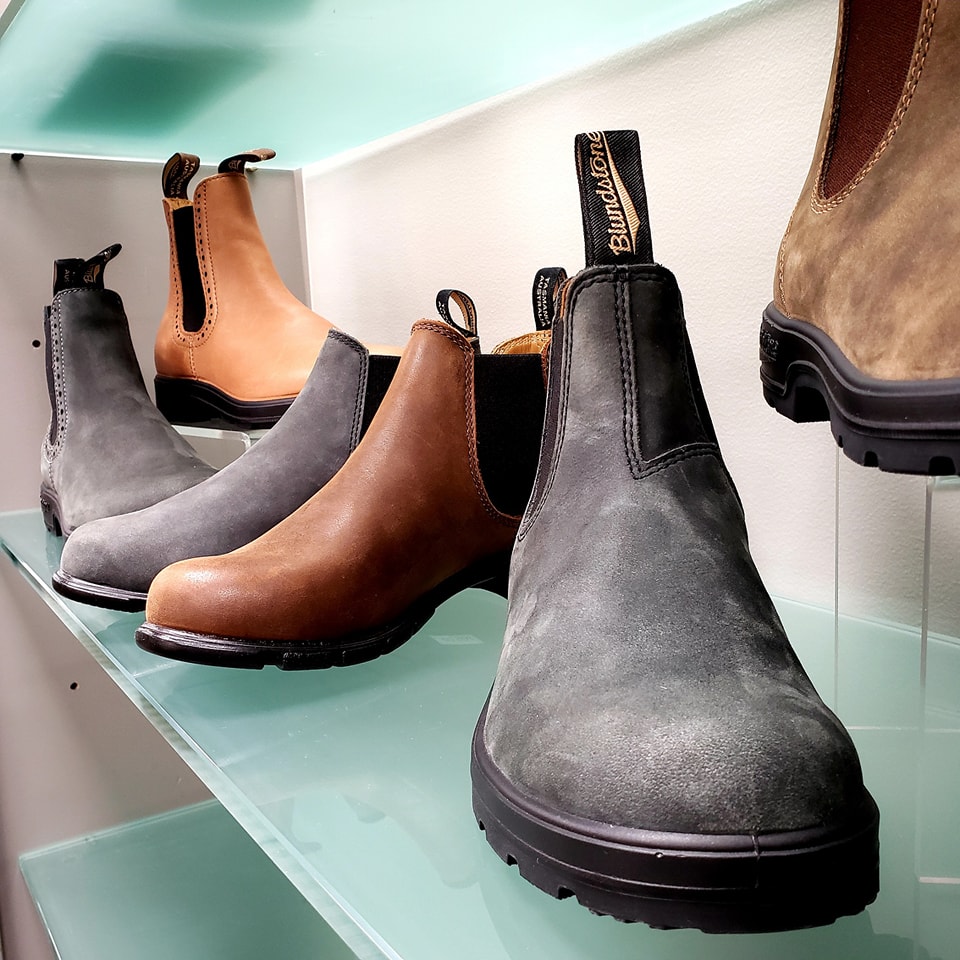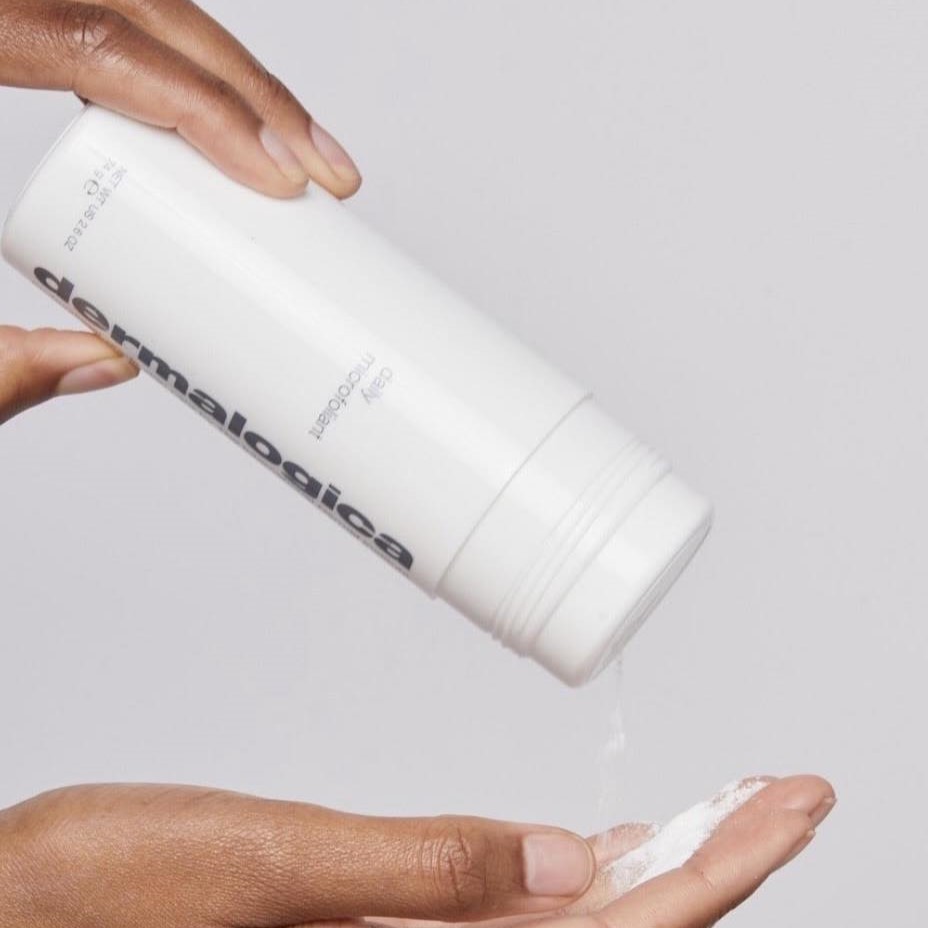What Are Diabetic Socks – Best Guide for 2020
Table of Contents
If you’ve found your way to this article, you’re clearly interested in doing your research. Consider this guide your crash course on everything you want to know about diabetic socks. What do diabetic socks do? They’re specially designed to provide maximum support and comfort for people with diabetes, while helping to reduce complications associated with the disease. Read on to learn all about the health benefits that diabetic socks offer.
So what exactly are diabetic socks? Simply put, diabetic socks are specifically engineered with the needs of diabetic people in mind. They’re made without elastic for better circulation in the foot and lower leg. Their seamless construction also reduces friction against the skin to minimize or eliminate the occurrence of blisters and other superficial injuries to the foot and calf. Additionally, diabetic socks feature moisture-wicking materials to keep the feet dry and reduce the chance of fungal infections.
So if you’re wearing your shoes and socks for most of the day, like many of us do, there’s no need to worry about uncomfortably moist and sweaty feet, painful blisters—or those itchy compression marks from your standard tube sock that you just have to scratch at the end of a long day. Diabetic socks are just extremely comfortable socks with benefits.
Associated Risks of Diabetes
Living with diabetes goes far beyond what some might consider minor inconveniences. Checking your blood sugar, watching what you eat, and remembering to take your insulin are just some of the measures diabetics must use to manage the disease. Those habits, and other lifestyle choices like regular exercise, help to mitigate the very real risks of diabetes.
People with diabetes can become vulnerable to a number of complications as side effects of their condition. While many diabetics live their day-to-day lives without experiencing many issues, they must still be aware of the very real health risks they face, including:
- Glaucoma
- Cataracts
- Skin infections
- Nerve damage
- Poor circulation (especially in the feet)
- Kidney disease
- Heart disease
- High blood pressure
- Stroke
There are a number of steps people can take to reduce complications associated with diabetes, including balanced nutrition. Dietary Guidelines for Americans is a great place to start for general advice on balanced eating, but the National Institutes of Health (NIH) also highlights the benefits of following the Mediterranean diet, specifically for people with diabetes.
The Mediterranean diet focuses on meals featuring lots of vegetables, grains, seafood, poultry, and healthy fats like olive oil while avoiding processed foods with added sugar. Think delicious pan-seared salmon with seasoned lentils and arugula tossed on an olive oil vinaigrette. Hardly seems like the cringe-inducing meals the word “diet” tends to remind us of.
People with diabetes are also encouraged to exercise regularly. No matter your size, ability, or fitness level, any activity you enjoy that gets you moving can only do you good. One interesting fact is that physical activity makes the body’s cells more sensitive to insulin, which in turn makes insulin medications even more effective. This is often where diabetic socks come in. With essential support and comfort, diabetic socks make it easier to get out there and be active.
What Are Diabetic Socks Used For?
When you are living with diabetes, you keep a number of essential items on hand to help you manage your symptoms. This can include blood glucose monitors, test strips, and more. While not essential for diabetic self-care, diabetic socks are an easy and convenient way to alleviate and prevent some symptoms, getting you one step closer to living your best life.
Why Diabetic Socks Could Work for You
- Improved circulation in the legs and feet
- Less irritation due to seamless construction
- Less pressure on the feet
- Moisture-wicking material to reduce bacteria and odor
How Do Diabetic Socks Work, Anyway?
The idea of a seamless, elastic-free sock that’s comfortable and easy to wear might sound like sorcery, but the science behind it is actually pretty simple. They are carefully designed to provide three benefits that regular socks simply can’t rival. So let’s do a deep dive into three key concerns:
Circulation
Neuropathy is a very scientific way to describe the dual complications of poor blood circulation and nerve damage that can occur in people with chronically high blood sugar. This can lead to loss of feeling or numbness, which means minor injuries to the feet are more common in diabetics and in fact go unnoticed for longer periods of time and are slower to heal. Here are some of the symptoms of diabetic neuropathy:
- Numbness or loss of sensation
- Tingling (pins and needles feeling)
- Increased sensitivity to pressure a touch
- Weakness in the muscles and joints
- Sharp foot pain
Eliminating elastic in the construction of diabetic socks prevents the restriction of blood flow in the feet and legs which can relieve or lessen symptoms.
Friction
Everyone hates blisters and friction injuries from breaking in new shoes or just from doing a lot of walking. Conventional socks pose friction risks for people with diabetes, particularly at the seams. Seamless diabetic socks reduce friction and so reduce the risk of sores and blisters.
Moisture
For people with diabetes, it’s especially important to keep the feet dry. Too much moisture against the skin for too long can lead to fungal infections and odor, not to mention making the skin more delicate and prone to blisters and sores. Moisture-wicking diabetic socks help keep the feet dry and comfortable.
Diabetic Socks vs Compression Socks
If you’re interested in diabetic socks then you’ve probably also heard of compression socks. The question is, what’s the difference? Compression socks are helpful for people with various health and lifestyle needs but they do differ from diabetic socks in a few important ways:
| Diabetic Socks | Compression Socks |
| Elastic-free fabrics | Elastic fabrics |
| Thick or padded for protection | No padding or protective reinforcement |
| Form-fitting to reduce friction | Snug against the skin |
| Pressure-free circulation to legs and feet | Pressure on legs and feet for circulation to the heart |
Compression socks for women and men are available in a range of styles. They are best worn for short periods of time and are designed to address concerns like pain or discomfort in the legs and feet, or conditions like edema, varicose veins, and swelling.
So what are diabetic socks used for? Often, they are used to treat symptoms that are opposite to the issues that compression socks address. If you have diabetes, compression socks may actually make your symptoms worse, which is why diabetic socks are a great option; they are made with your needs in mind.
Where to Buy Diabetic Socks
Now that you’ve had your in-depth primer on the what and why of diabetic socks, you’re probably wondering where you can buy a pair or 10. The good news? You have lots of options. The bad news? You have lots of options. Deciding whether you’re comfortable buying diabetic socks online or you would prefer to see and feel them in-store will help you make your decision.
Where Can I Find Diabetic Socks Online?
Diabetic socks are available from several online retailers. The socks you choose will depend on a few factors, like style, price point, and quality. Amazon has a range of diabetic socks, but the varying sizes and price points can make choosing the right pair or bundle overwhelming. Department stores and drugstores that offer online shopping will typically carry multi-packs of diabetic socks in basic black or white.
The downside of buying socks online is not being able to try them on, and very few stores allow returns on socks that have been worn. Learn all about finding your sock size, so you can get the most benefits out of the diabetic socks you end up buying.
Where Can I Buy Diabetic Socks in Stores?
There are a number of retailers that offer diabetic socks. You’re sure to find a limited range of diabetic socks at your local drugstore or department store. Conveniently, you might also find diabetic socks at your local foot care clinic, where foot care experts will find your exact size.
There may not be any such thing as the best diabetic sock, but there is definitely the best diabetic sock for you. Looking at how much you’re willing to spend, how many you need, the style, and the quality you’re after will help you zero in on your perfect pair.
Diabetic Sock Sizing
It’s important to get the sizing right for your diabetic socks. Since they’re meant to be form-fitting, getting a pair that is too loose or too tight won’t give you the benefits you’re after. In fact, tight diabetic socks could restrict circulation in the legs, while loose diabetic socks won’t protect the feet from blisters and sores caused by friction.
Since every manufacturer has its own proprietary sizing, you’ll have to look at the actual measurements of the socks to see if they will be the right fit. Most brand labels will show the sock size and the corresponding range of shoe sizes. Here’s a handy guide for what that might look like:
| Diabetic Sock Size | Men’s Shoe Sizes | Women’s Shoe Sizes |
| Small (S) | – | 4-7 |
| Medium (M) | 5-9 | 7-10 |
| Large (L) | 9-12 | 10-13 |
| Extra Large (XL) | 12-15 | – |
How Long Do Diabetic Socks Last?
Even the best pair of socks won’t last forever. According to the Diabetes Council, diabetic socks typically last 6 months if worn regularly. It is recommended that you replace your diabetic socks after 6 months, or as soon as you notice wear and tear. That shouldn’t mean that your worn out diabetic socks are destined for the garbage! Find out what to do with old socks.
Washing Your Diabetic Socks
Taking good care of your diabetic socks will ensure that they last as long as possible. Machine washing is just fine, and you can also hand wash them if you have the time. Whichever option you choose, avoid harsh detergents and chemicals like chlorine bleach. It’s also a good idea to keep your toenails trimmed to avoid creating pulls and snags that could ruin your diabetic socks.
Machine Washing Diabetic Socks
- Turn the socks inside out
- Place them in a delicates bag
- Use mild detergent
- Wash with similar colours in cold water
- Tumble dry on low or line dry
Hand Washing Diabetic Socks
- Turn the socks inside out
- Fill a basin or bowl with cool water
- Add mild detergent and gently agitate the socks
- Remove the socks from the soapy water
- Rinse under cool running water
- Squeeze gently, do not wring
- Hang to dry
These instructions may leave you wondering how to wash different types of socks. Check out our full guide on how to wash socks and how to wash wool socks.
Created to provide targeted comfort and support while wicking away moisture, diabetic socks promote good blood circulation in the legs and feet, and reduce blisters and sores caused by friction.
Available in a range of materials and styles both online and in stores, diabetic socks are as easy to find as they are to wear. For work, weekends, and every day, there is a perfect pair of diabetic socks just for you.









